Our Bulletproof Hospital and Healthcare Projects
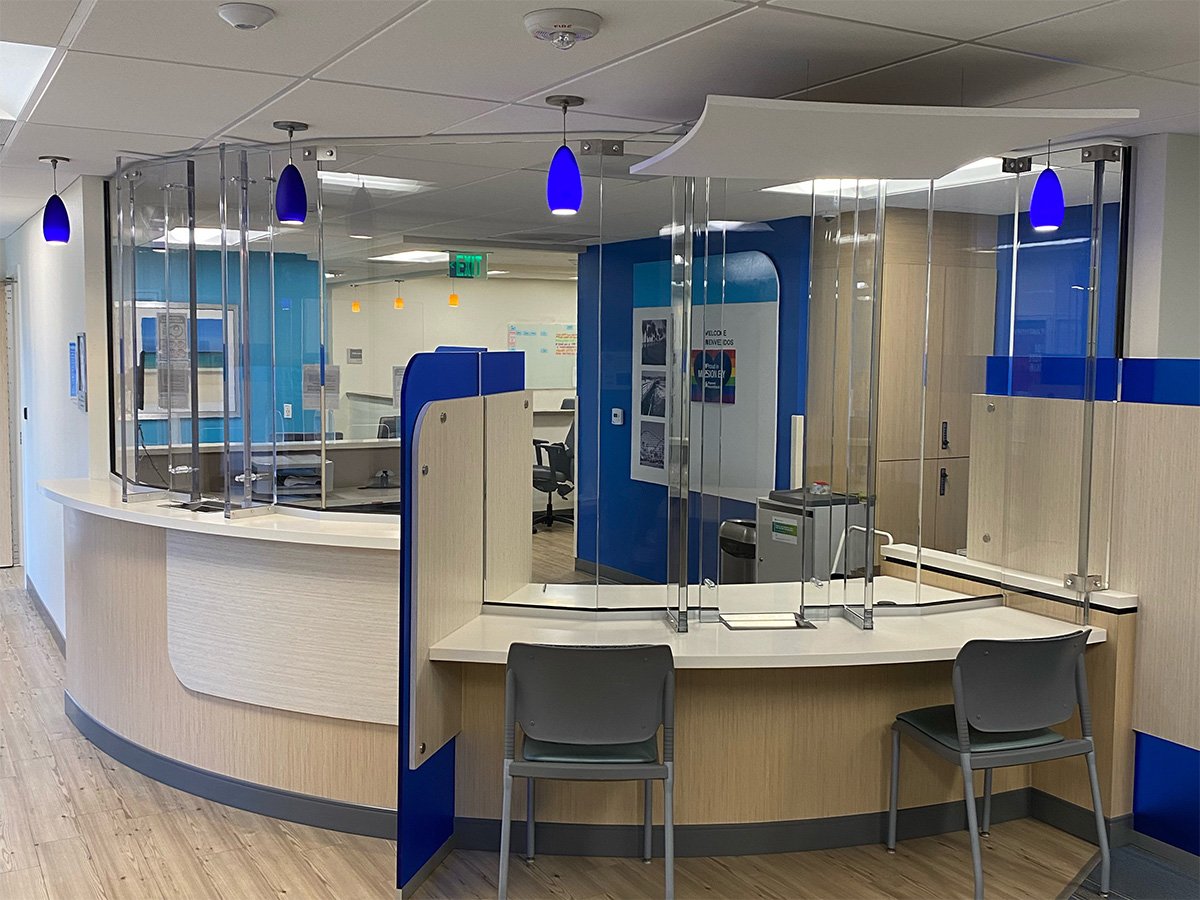
Healthcare Facilities Are Uniquely Challenging to Secure
According to the National Institute of Health, outpatient facilities and the emergency department are two of the most dangerous areas in a hospital. The same study found that 34.4% of healthcare workers experience some type of workplace violence.
Protecting healthcare workers—including those in the pharmacy, reception, and administrative teams, is more important than ever. Practical bulletproof barriers are one of the most important ways health systems can keep people safe.
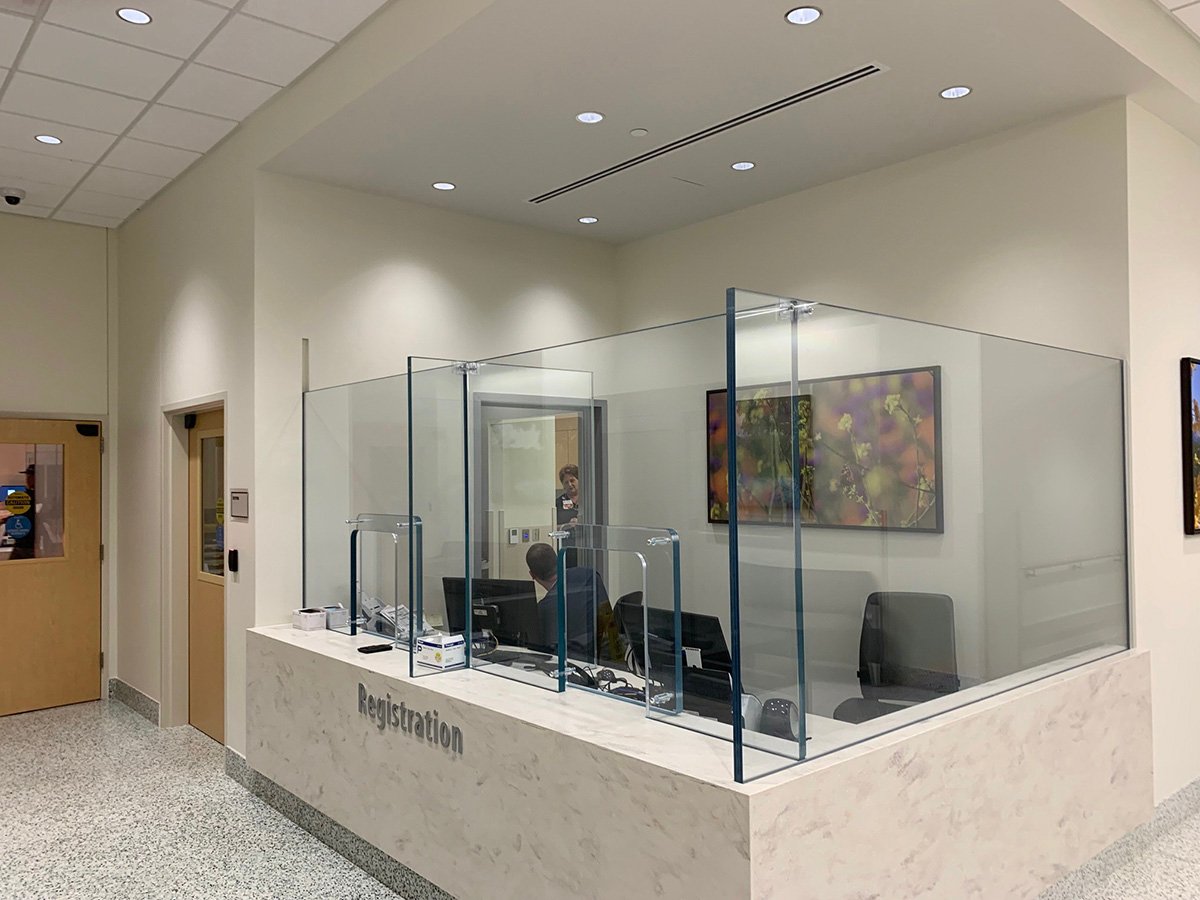
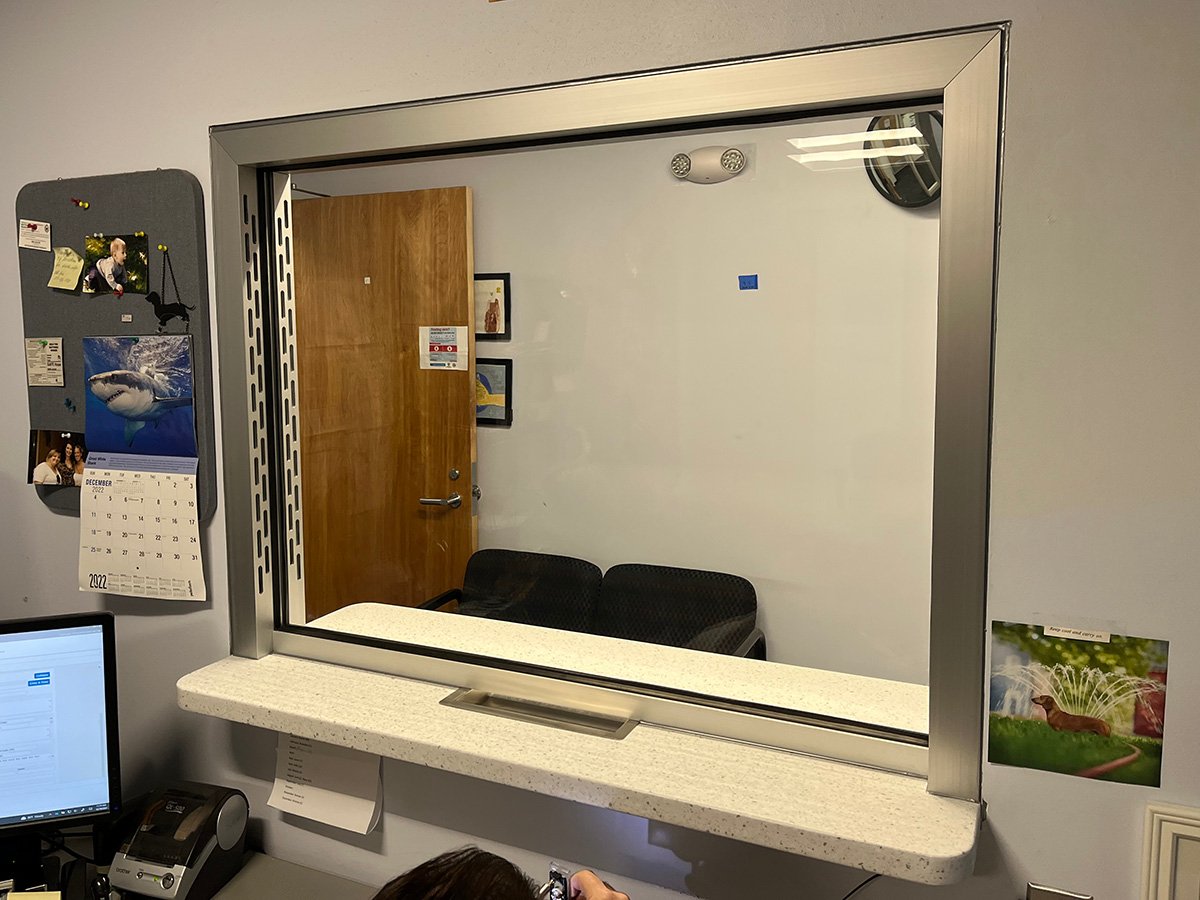
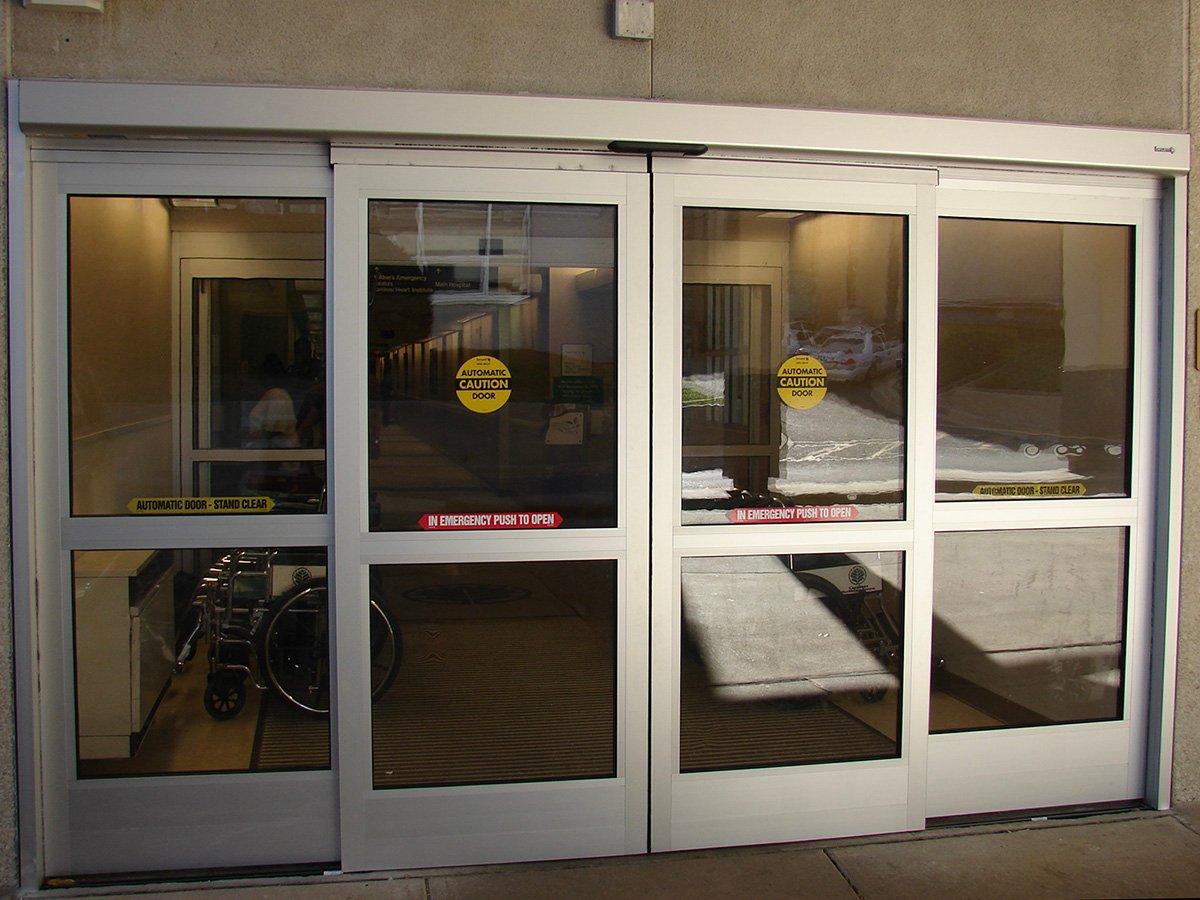
Working in Healthcare Is Dangerous. Bulletproof Protection Can Help
Case Study: Bulletproof Barriers Without Compromise for Healing Center in San Diego
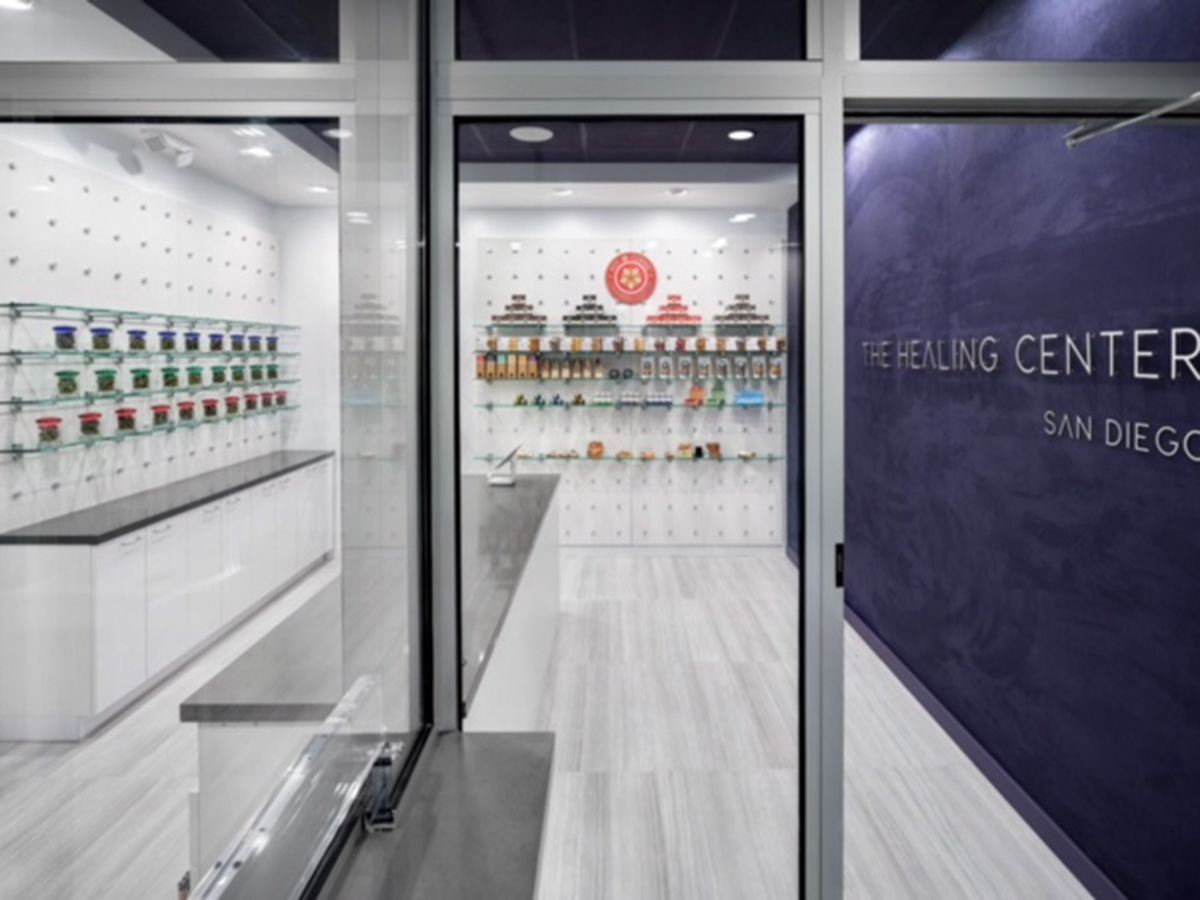
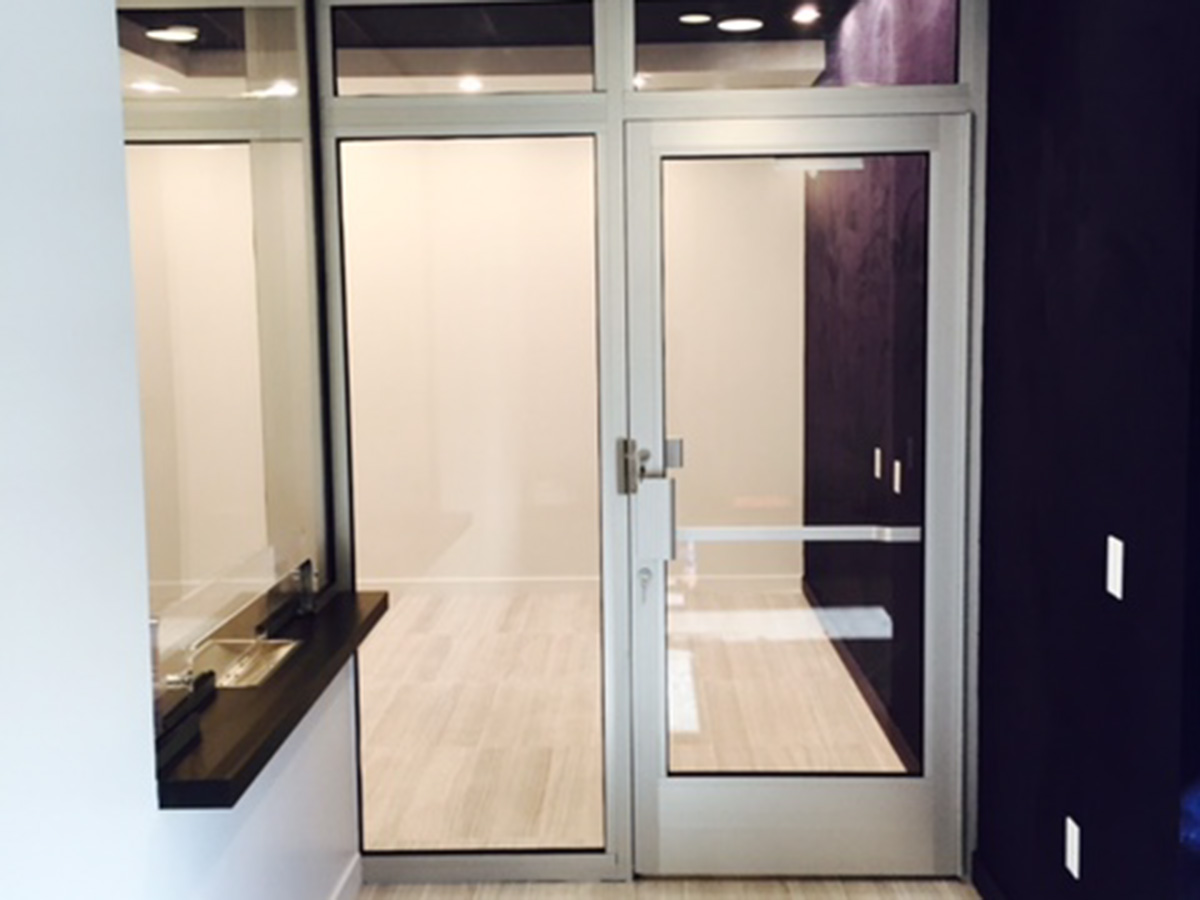
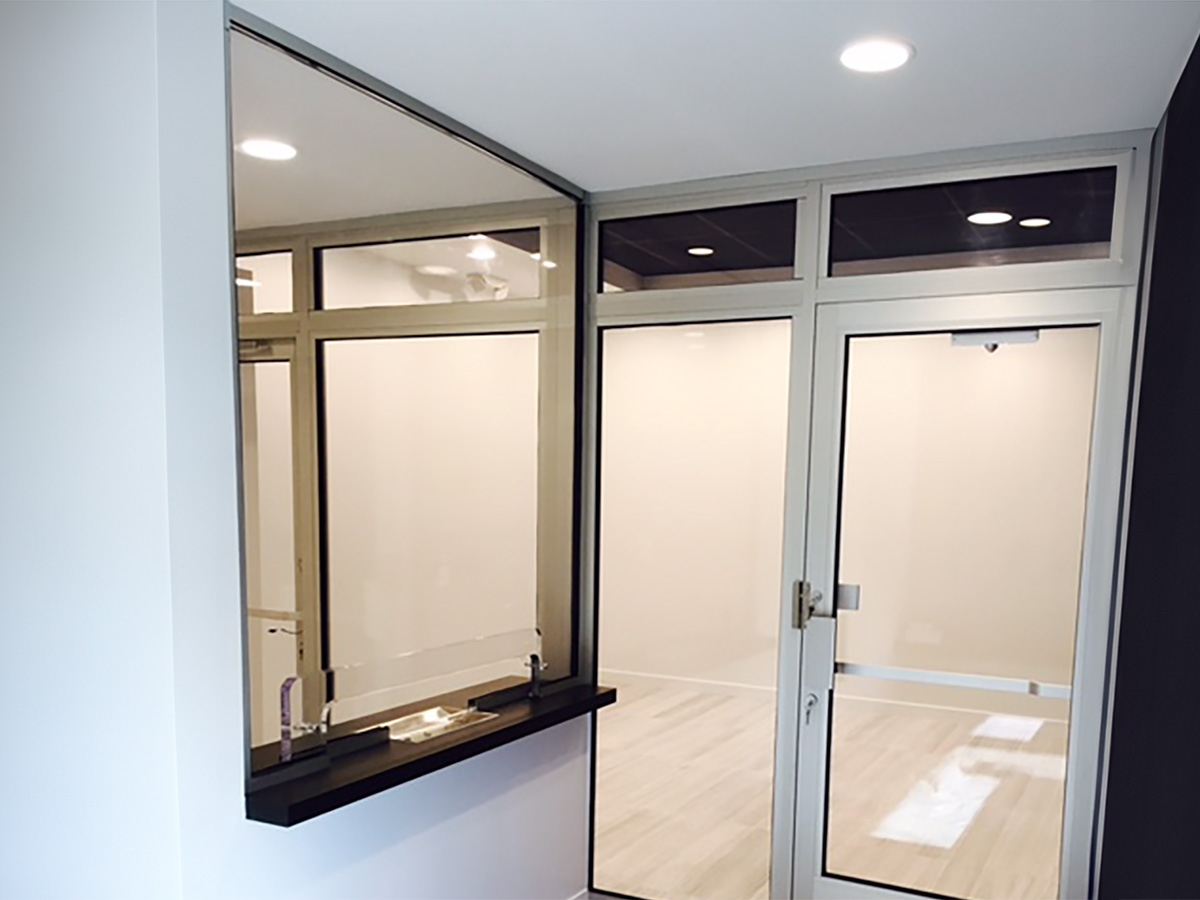
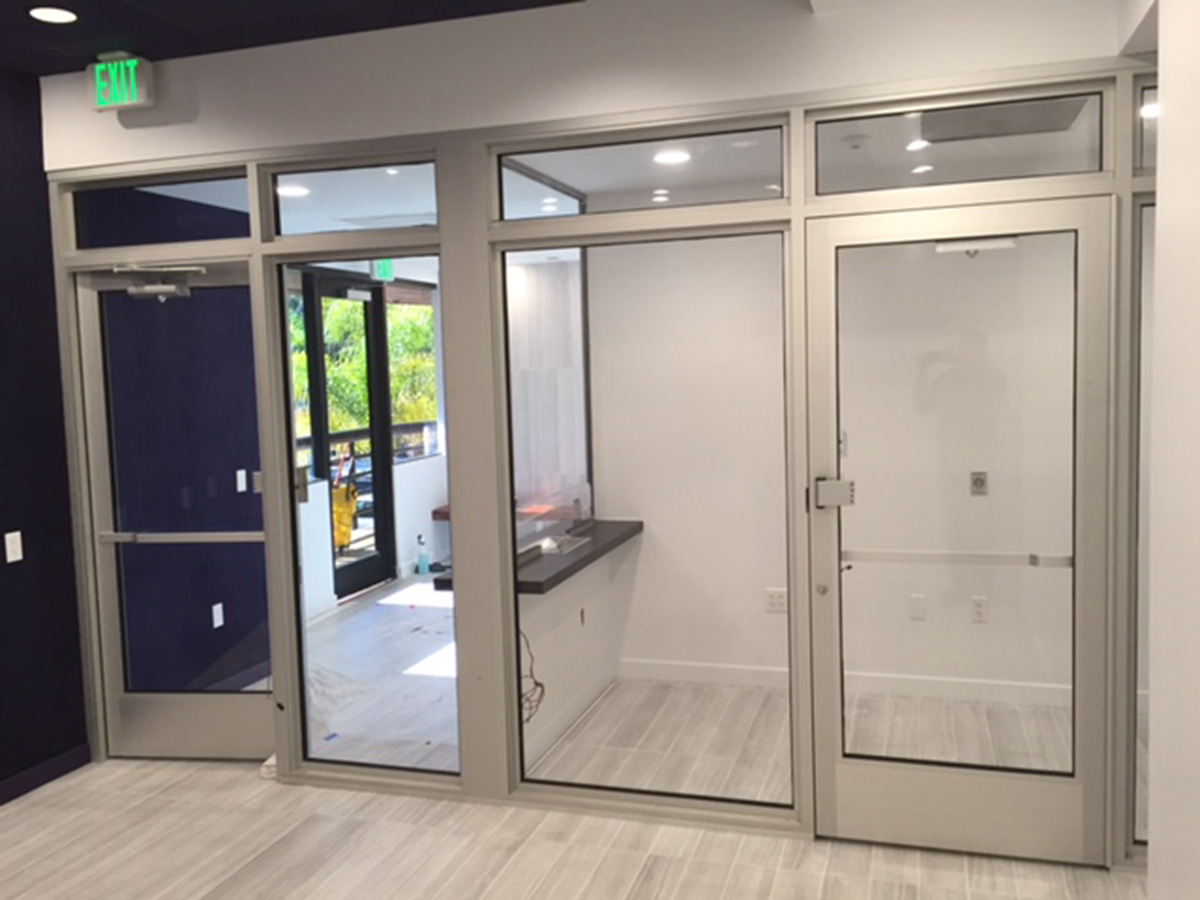
The Healing Center of San Diego, a pain management facility, needed a bulletproof barrier system implemented in a short time frame.The design had to reflect a light airy feel without sacrificing security, which posed quite a challenge because of the limited space. We worked with Element Construction to design and implement a system that achieved all of these goals.
Read Case StoryTSS Has Designed and Fabricated Bulletproof Glass for Hospitals and Healthcare Facilities Across the Country
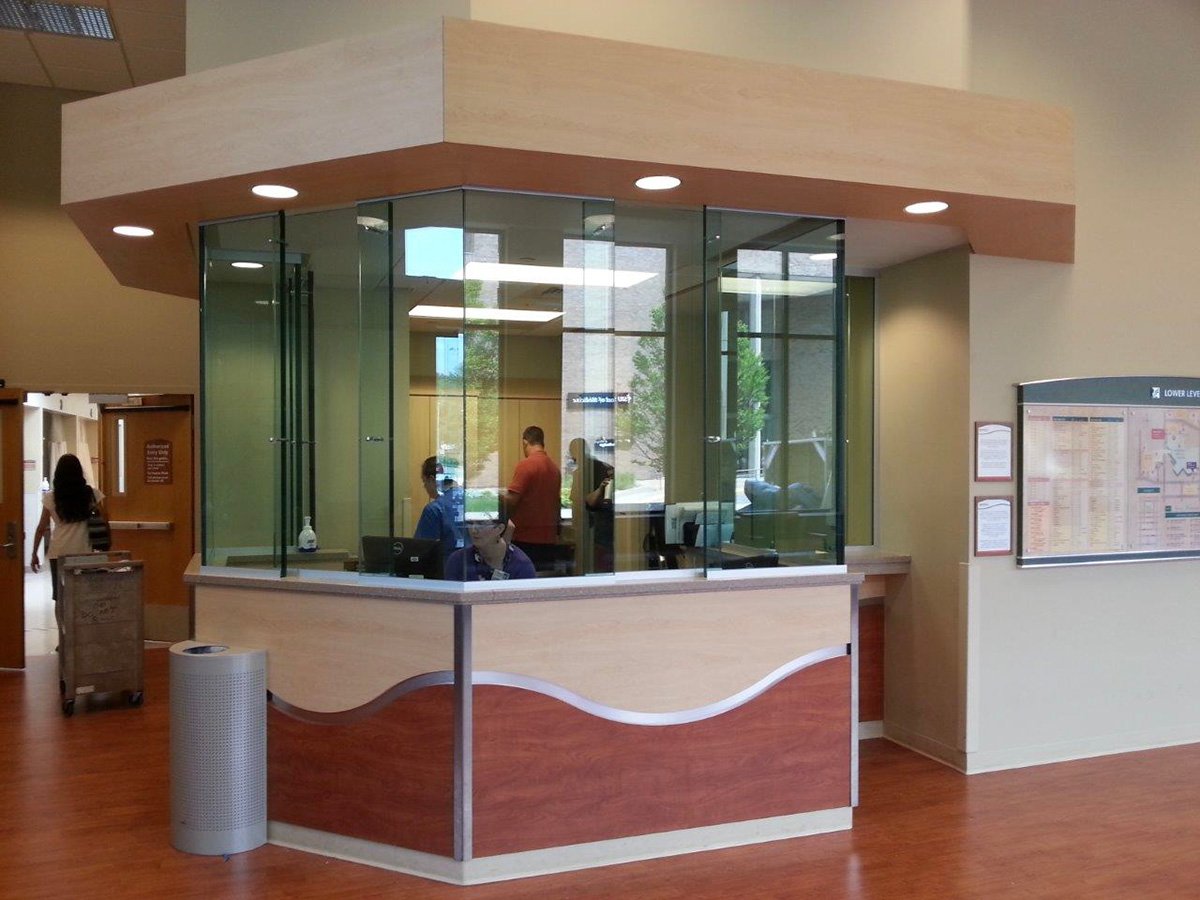
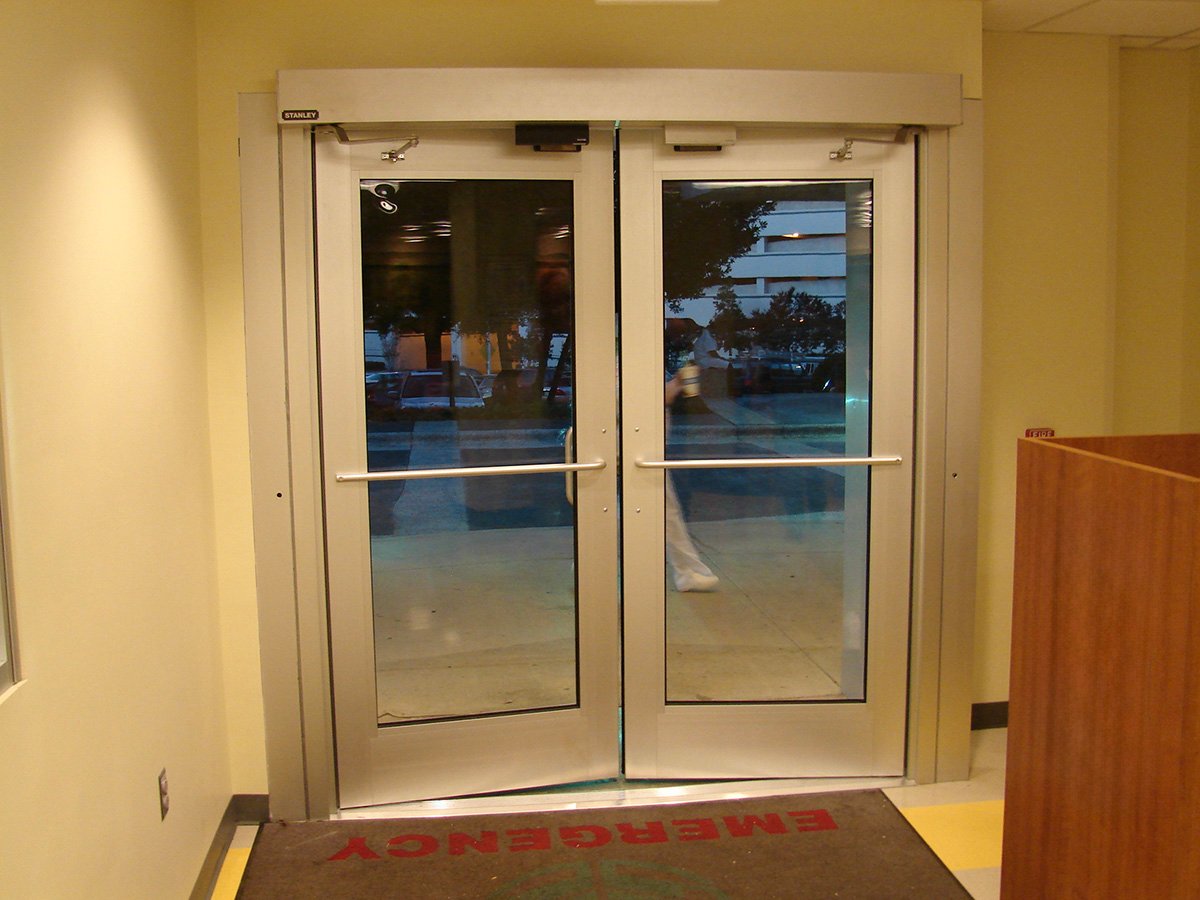
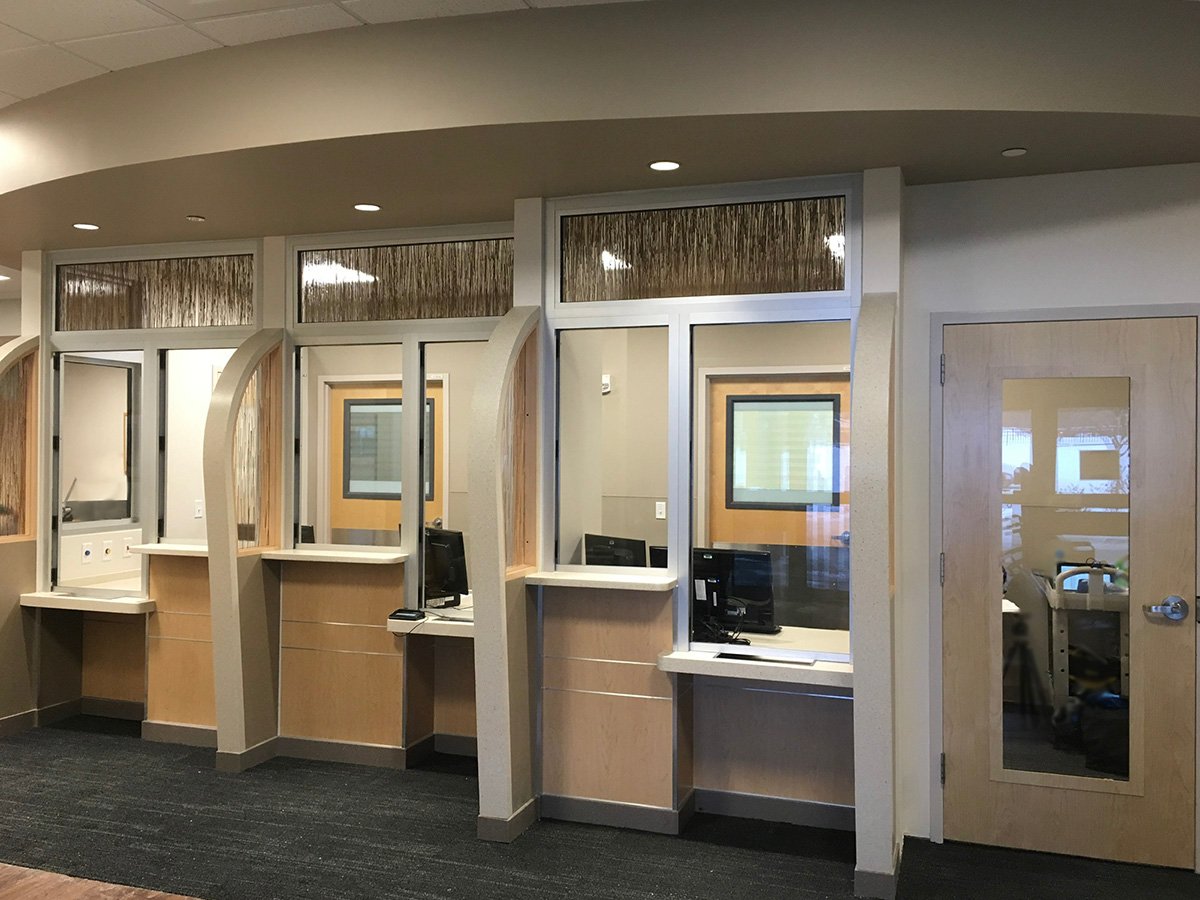
TSS frequently helps secure all types of healthcare facilities. If you’re worried about ballistic threats, we are ready to help you add bulletproof protection to your hospital, medical office, pharmacy, reception or triage desk, nurses’ station, and more. Our healthcare projects typically include:
- Bulletproof glass transaction windows
- Bulletproof walls, counters, and desks
- Bulletproof guard stations
- Bulletproof doors, including exterior and interior doors
- Medical office reception glass windows
If you have a unique need, that’s no problem. We have extensive custom capabilities so you can get the protection you need, no matter what. To learn more, request a free consultation with a member of our team.
Free Infographic: How to Bulletproof a Healthcare Facility
Know you need to add ballistic protection to your healthcare facility, but aren’t sure where to start? This free infographic outlines where to strategically add ballistic protection in your healthcare facility and why these locations are important.

Everyone in Healthcare Deserves to Be Safe at Work
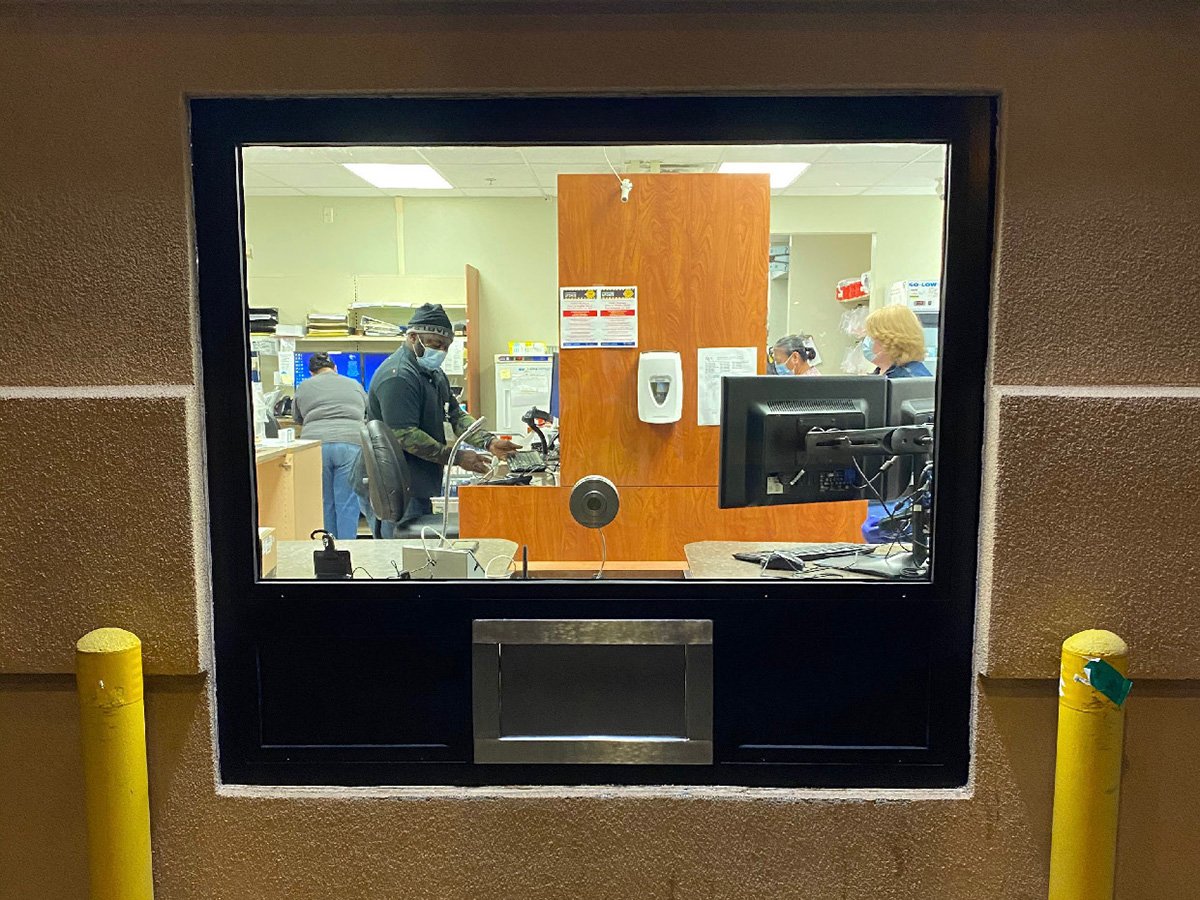
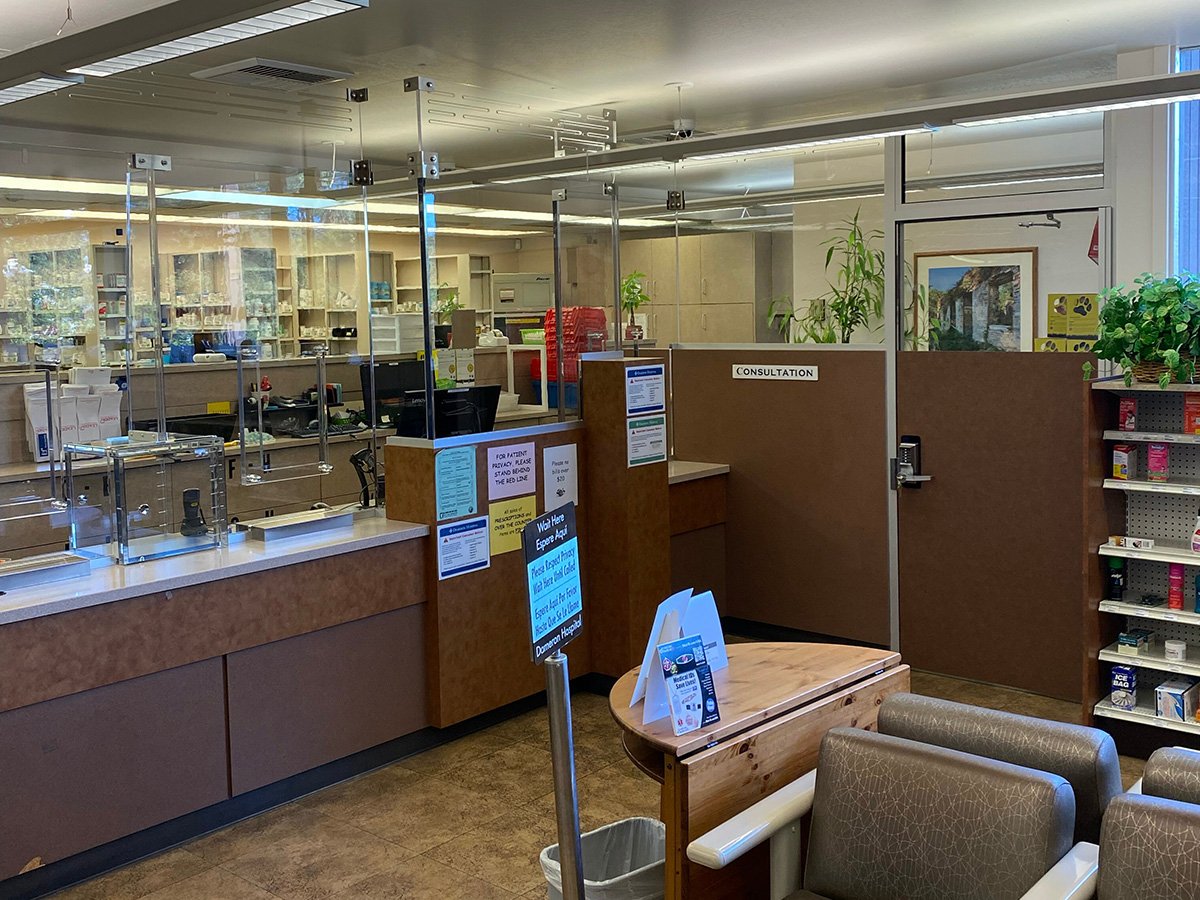
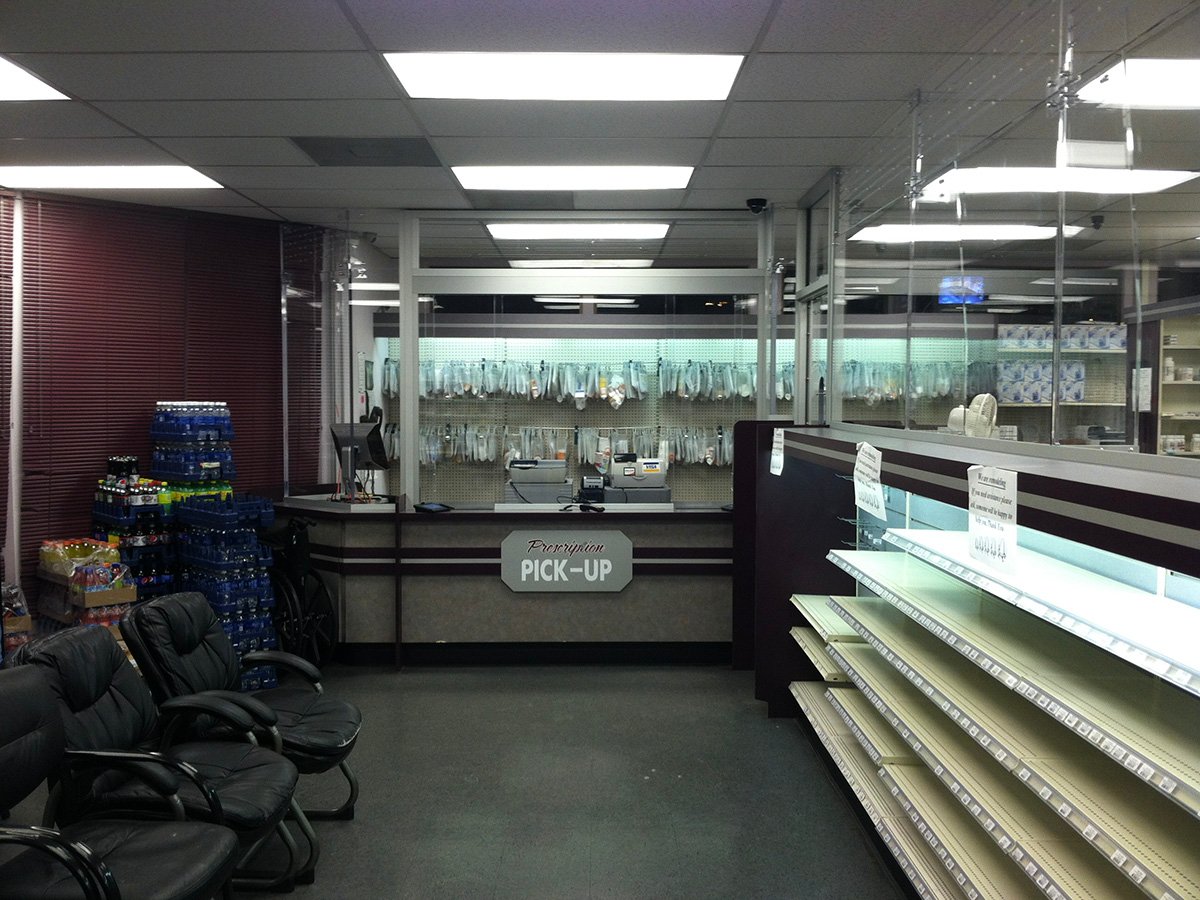
TSS Is Your Expert Ballistic Barrier Provider
We work with you to understand your threat level, your security objectives, and budget. Then, we design a bulletproof barrier system that meets your needs using our Proven Process.


TSS Is Your Trusted Source for Bulletproof Glass for Hospitals and Medical Offices
We’re passionate about helping people protect what matters most. To learn more about your options, don’t hesitate to request a free consultation with one of our ballistics experts. This no-strings-attached call gives us a chance to hear about your goals and make recommendations to help keep you safe. We look forward to speaking with you!